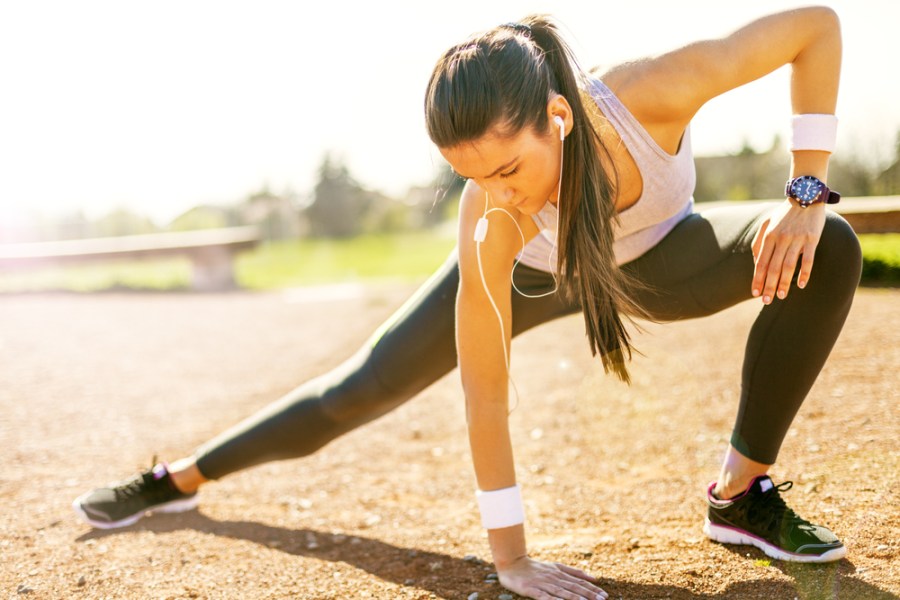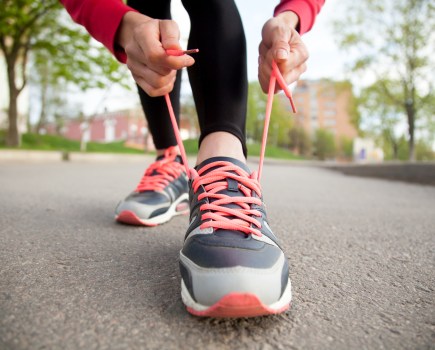Malcolm Bradbrook looks at what we can do to minimise our impact on the environment while still keeping fit.
The environmental challenge has many different strands, from the climate emergency caused by air pollution and global warming to the amount of plastic littering our planet. It is natural to want to minimise the damage we do to the world as we go about our exercise routines.
New gadgets, new races, new shoes, new bikes, and more fill up our baskets online as we seek to keep up both in terms of speed and with the latest fashion. But there is plenty we can do and green living as a fitness fan falls into three categories; the events we choose, the kit we buy and our behaviour.
Buying Kit
Establishing eco credentials has become essential for all brands and different tactics are being used to reduce the impact on the environment. But the challenge to that has come in the form of the latest carbon-plated running shoes. The controversial Nike Vaporfly is reputed to only last 200 miles (most shoes last for up to 500 miles) and some other shoes only claiming to be at their optimum for 50 miles.
Meanwhile, Salomon has announced a concept running shoe which can be returned to the company to be recycled into ski boots at the end of their use. ‘We recognise that we have to do better for the environment,’ explains Guillaume Meyzenq, Vice President of Salomon Footwear. ‘We are showing it is possible to find alternative materials to create performance footwear.
Planting a million trees
Other companies are trying a different tack, with leading cycling brand Endura announcing that from 2020 it will plant a million trees every year to offset its activities. This is on top of going PFC-free since 2018, offering a repair service to increase the lifespan of its kit and donating one per cent of profits to charities.
Pamela Barclay, Endura’s co-founder, says: ‘We would hate to look back and think we could have done something and didn’t. If we don’t stop climate change, we won’t have a world to clean up.’
It’s not just established brands, but new companies have a green ethos from the very beginning. BAM is one of these brands. It was founded by former pole-vaulter and current adventurer, David Gordon. He explains: ‘Right from the outset it was important for me to come up with a business that was environmentally friendly and sustainable. I was – and still am – motivated to show the world that you can build a successful business whilst doing the right thing environmentally and ethically.’
Using Bamboo fibres
BAM uses bamboo fibres rather than cotton or more harmful products. Bamboo grows quickly and does not need to be replanted and uses less water than other plants while being cultivated.
Not all bamboo-based garments are eco-friendly because much depends on how it is treated but David has visited each layer of the process from the bamboo plantations right through to the garment factory to ensure that the highest standards are maintained.
He adds: ‘I think most people now are aware of the damage that the clothing industry has on the planet, from water pollution to landfill. It’s not enough to pay lip service to the problem by bringing out a couple of token sustainable pieces in a collection to tick a box. ‘
Protecting the environment at races
A runner determined to change the mindset within endurance events is Windsor-based IT consultant Rima Chang. She has become a well-known figure in marathon and ultra-running as she completes events dragging tyres weighing up to 10kg. Her running raises awareness of, and funds for, environmental issues around the world.
Rima says: ‘I hate the amount of rubbish people throw away, so I focus on reducing disposable plastic. People are overwhelmed about the number of changes they have to make in order to be more sustainable. They prefer to divert the issues towards the government or pretend that it isn’t happening. I focus people on one achievable goal – reduce the use of disposable plastic.’
Rima has successfully campaigned for events around the world to reduce the number of bottles they give out. It was her input that first encouraged Rome Marathon to reduce its impact.
Reducing plastic bottle use
Organisers have reduced plastic bottle use from 200,000 four years ago to 70,000 now. They use cardboard cups for liquid energy drinks and recyclable plastic cups for water.
Last year Rima cycled from the UK to marathons in Geneva and Nice and her dedication wowed organisers to the extent that they vowed to go cupless in 2020. She adds: ‘The challenge with all big events can sometimes be sponsorship deals but some action is better than no action and I am hopeful that we will start seeing some big improvements soon. To all the runners out there I have one plea: leave no trace.’
How to be a green exerciser
• Bring your own bottle and refill at race check points.
• Keep empty wrappers on you until you can dispose of them safely.
• Try to avoid plastic or synthetic fibres in clothing like polyester, nylon and acrylic
• Make your kit last. Will that new top make you faster?
• Check how your products are made – companies with ethical manufacturing tend to shout about it on their websites.
• Car share to events – it’s always good to have some to celebrate or commiserate with at the end.







